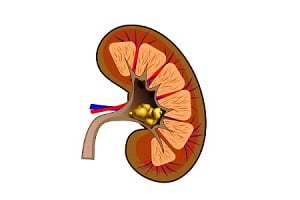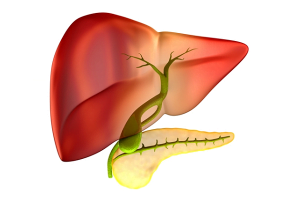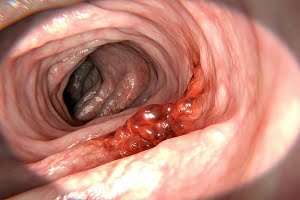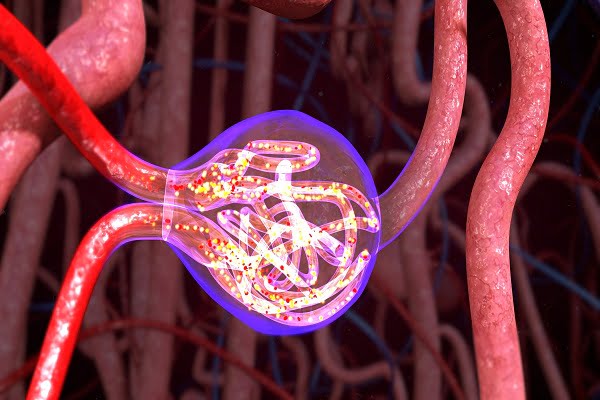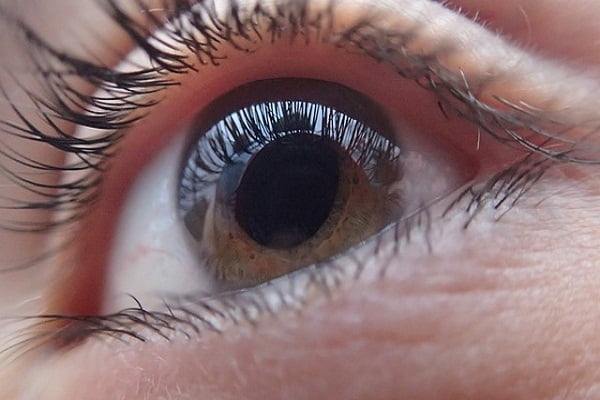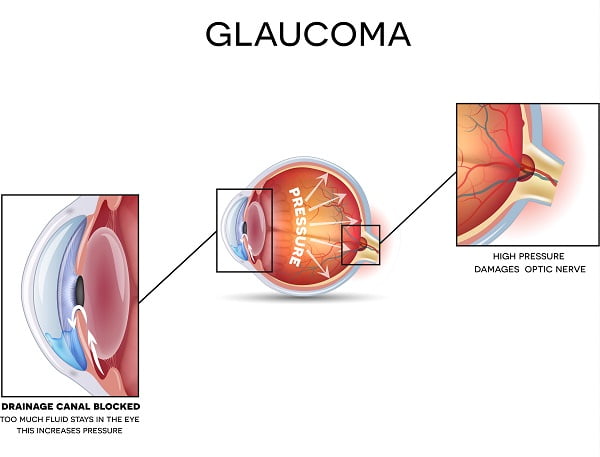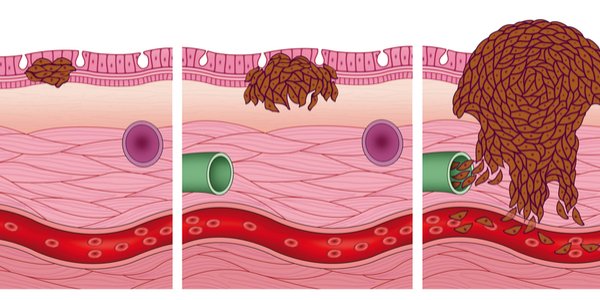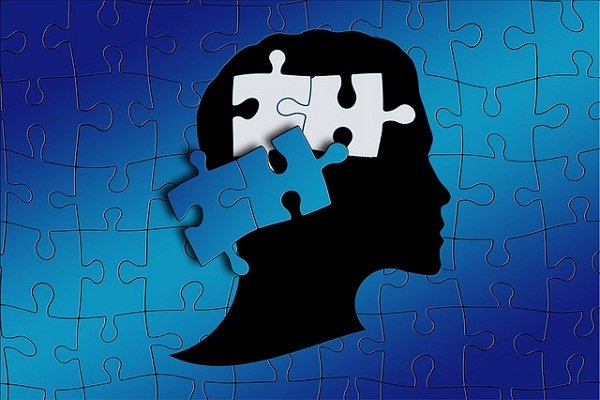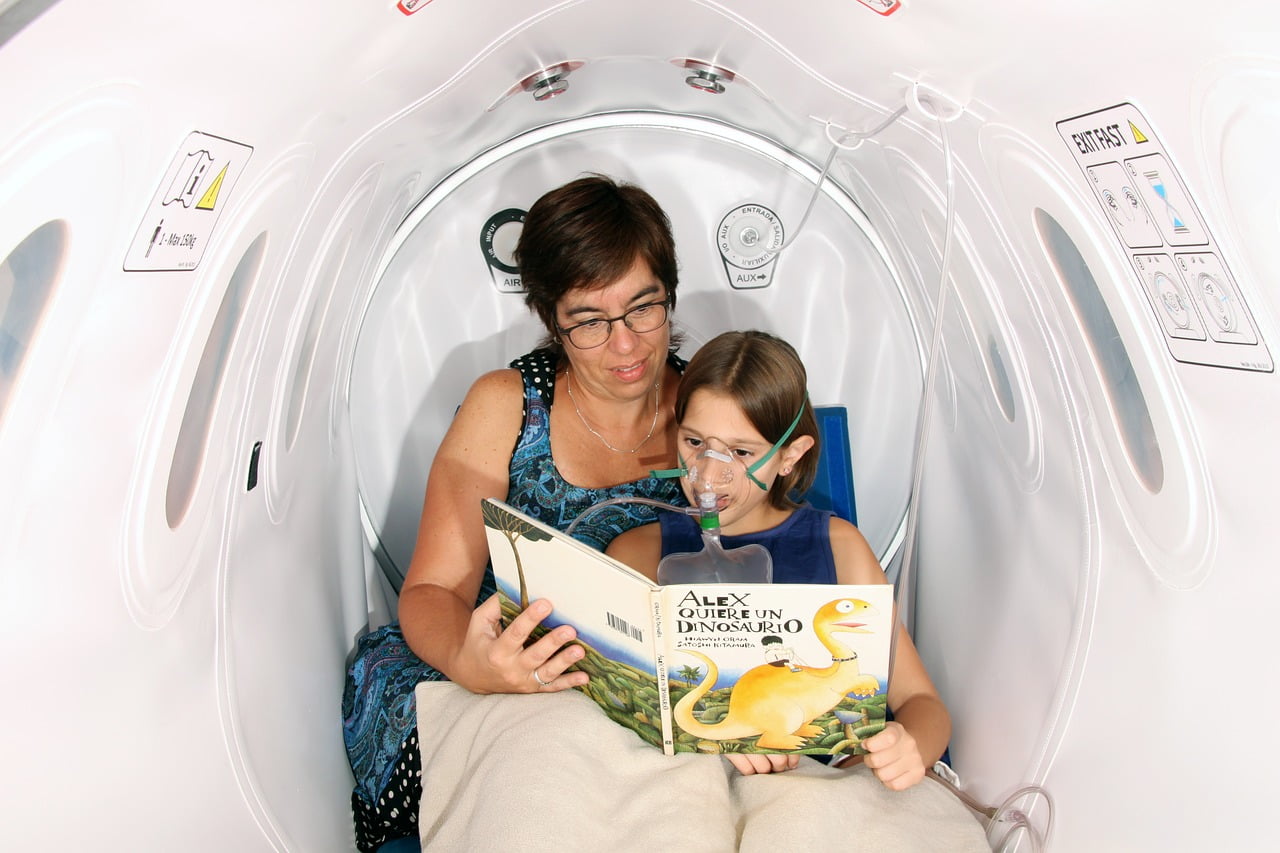
AUTHOR
Neha Mittal, MS, Biotechnology
Neha Mittal completed graduation in Biotechnology from Graphics Era University, Dehradun and Masters in Biotechnology from Amity University, Noida. In the past, she worked with Sharon Biomedicine Ltd., DUKES Products Ltd., and Forest Research Institute, Dehradun as researcher in biotechnology.
Neha loves singing and dancing in leisure time. She also enjoys traveling and maintains a collection of great novels.
Articles by Neha Mittal, MS, Biotechnology
Colon cancer (bowel cancer or colorectal cancer) and hemorrhoids are entirely two different things, but often produce similar symptoms such...
Diagnosis of the chronic kidney disease starts with understanding your personal and family history. Your doctor will ask questions to...
Glaucoma is the leading cause of blindness and low vision in the U.S and is caused by an increase in...
Glaucoma is a condition that causes damage to your eye's optic nerve. It generally occurs due to a buildup of...
Alzheimer’s disease is the most common form of dementia and shows dementia-like conditions such as memory loss and cognitive skill...
Skin is our outermost protective layer which protects us from heat, injury and many types of infections. It also maintains...
Dyslexia is a learning disorder that is characterized by a difficulty in reading due to problems identifying speech sounds and...
About 50-60 % of people with ADHD also have some type of learning disability such as dyslexia. ADHD is usually...
The severity of symptoms varies greatly in people or children with autism. But all of them show some common symptoms....
It is not easy to know which intervention will work best for your child. Each child with autism is affected...
More articles are loading
